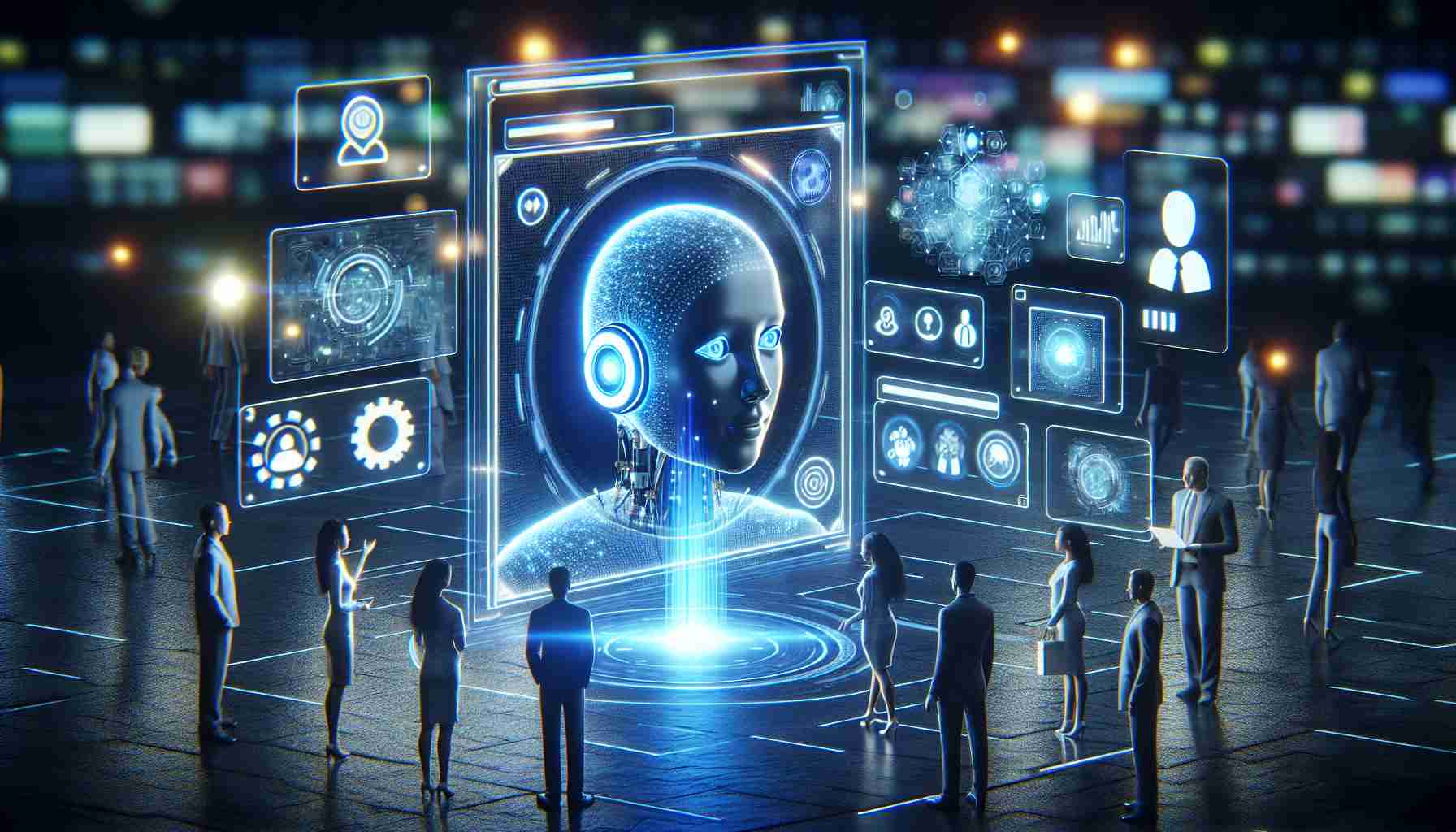Revolutionizing Customer Experience with Adobe’s AI Assistant
Adobe has officially released its much-anticipated AI Assistant for the Experience Platform (AEP), a breakthrough highlighted at the Adobe Summit in March 2024. This innovative feature, utilizing generative AI, targets customer experience professionals to boost content creation and streamline workflows, integrating insights for improvement.
Conversational Interface Transforms Data Analysis and Workflow Smoothness
Professionals can leverage a conversational interface for an in-depth comprehension of data, leading to more seamless workflows. AEP provides a unified customer view and interaction across all channels. Equipped with generative models, the AI Assistant integrates insights and intelligence from other Adobe solutions, prioritizing data privacy and brand security.
A Unified Adobe Ecosystem
AEP’s ability to integrate with other Adobe products creates a cohesive ecosystem that simplifies management and optimization of customer interactions. It seamlessly integrates with the Real-Time Customer Data Platform, Adobe Journey Optimizer, and Customer Journey Analytics. The AI Assistant’s conversational interface is equipped to handle technical queries, automate tasks, simulate outcomes, and generate audience segments and journeys.
Simplifying Technical Tasks with Natural Language
Adobe’s AI Assistant advances enterprise applications by making them more accessible to new users and augmenting the implementation of novel use cases. AEP processes extensive data, simplifying tasks, such as segmenting audiences or map identities, without SQL queries, and provides operational insights on datasets.
Predictive Insights and Recommendations for Content and Automation
For content creation and automation, brands can employ AEP’s AI Assistant to produce customer experiences, target personalization campaigns, and create data visualizations. Adobe Firefly supports marketing content production, while the AI Assistant automates content creation, streamlining tasks. It swiftly delivers complex analytics, offers predictive insights, and suggests actions for boosting conversions, such as personalized promotional offers for specific customer segments.
Facts:
– Adobe is a leader in the digital marketing and content creation space, known for products such as Photoshop, Illustrator, and its Digital Experience suite.
– Adobe’s AI technology, often referred to as Adobe Sensei, has been previously incorporated into many of its tools for functions such as image editing, data analysis, and automatic content tagging.
– Generative AI refers to artificial intelligence that can generate content, such as text or images, that did not exist before. This capability is crucial in automating creative processes and personalized content generation.
– Data privacy and brand security are top concerns for businesses today, particularly with the increasing use of AI in handling customer data.
– The integration of AI across different products in a software ecosystem is becoming increasingly important as businesses seek a more connected and streamlined data analysis and workflow process.
Important Questions and Answers:
– How does Adobe ensure data privacy and brand security with the use of AI Assistant?
Adobe has highlighted the importance of data privacy and brand security with its AI Assistant. While specific methods are not detailed in the article, it’s typical for Adobe to implement robust data governance, secure cloud infrastructure, and compliance with regulations like GDPR and CCPA in their solutions.
– What are some potential use cases for Adobe’s AI Assistant in customer experience?
Potential use cases include facilitating content personalization at scale, predicting customer behavior to optimize marketing campaigns, streamlining customer service workflows with automated insights, and enhancing creative asset production through generative AI.
Challenges and Controversies:
– Accuracy and Bias: AI systems can sometimes generate inaccurate predictions or exhibit biases based on the data they were trained on. These issues are significant challenges in AI development and deployment.
– Data Privacy: With AI systems increasingly handling sensitive data, maintaining privacy and compliance with data protection laws is a concern for all stakeholders involved.
– Human Job Displacement: The automation of tasks traditionally performed by humans may lead to concerns about job displacement and the need for workforce reskilling.
Advantages and Disadvantages:
– Advantages:
– Increased efficiency in workflows and content creation.
– Enhanced capability for personalization and targeted marketing.
– Potentially deeper insights into customer behavior through advanced data analytics.
– Disadvantages:
– Potential for AI-generated content to be perceived as less authentic by customers.
– Challenges in ensuring the AI systems make unbiased decisions.
– Dependency on a single vendor (Adobe) for multiple integrated applications which can increase business risk.
For more information on Adobe, visit Adobe.
The source of the article is from the blog trebujena.net

